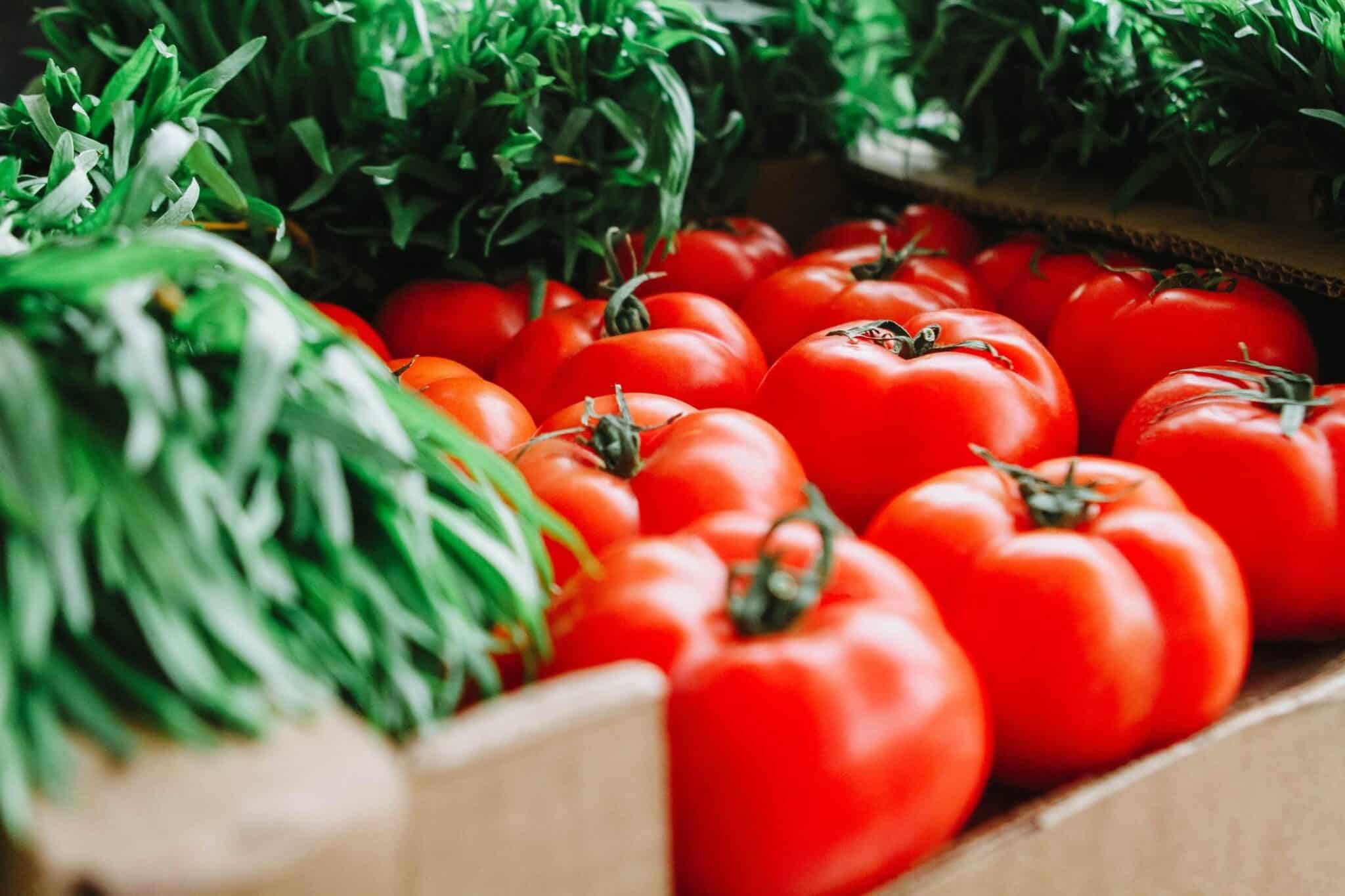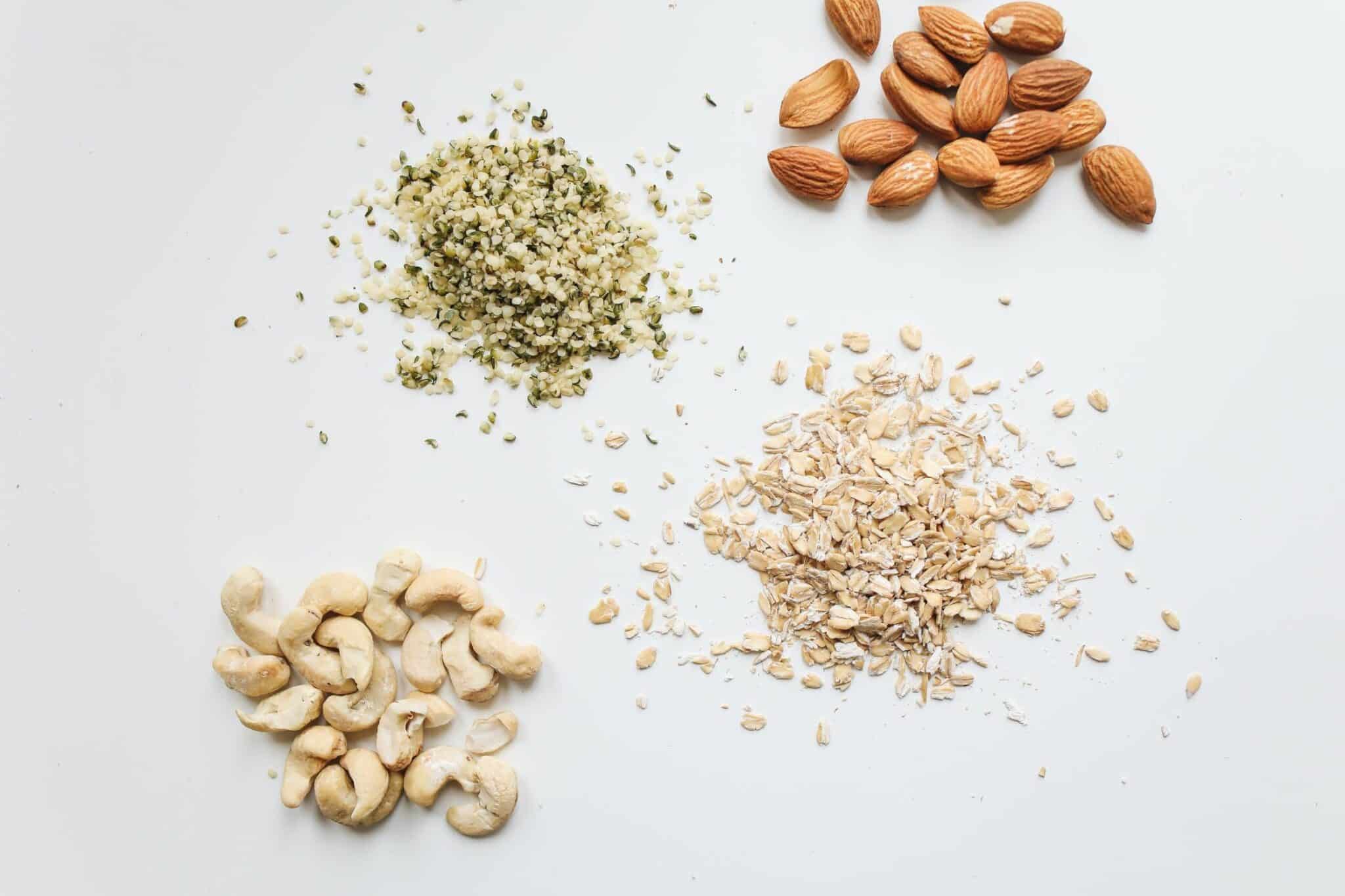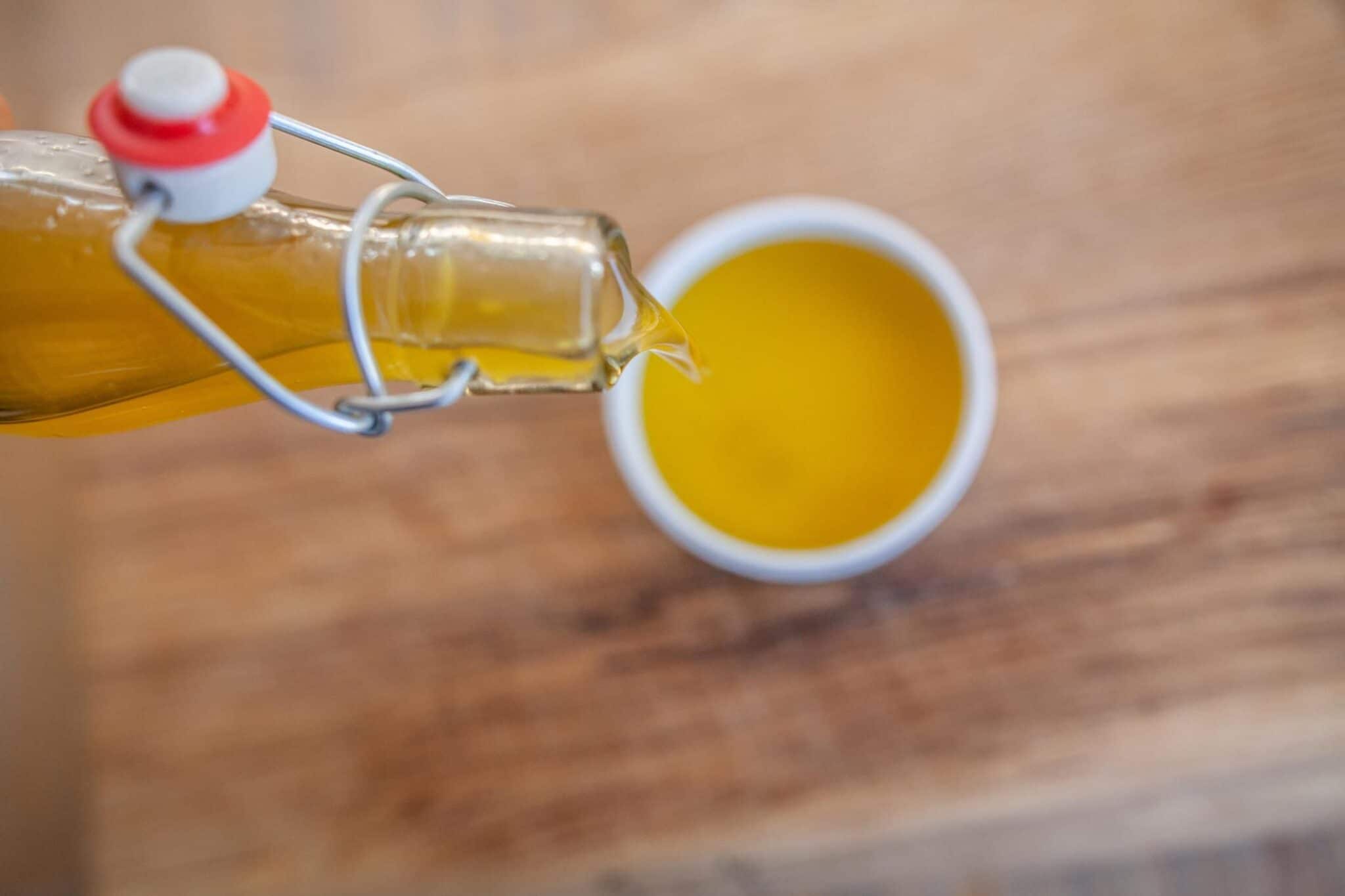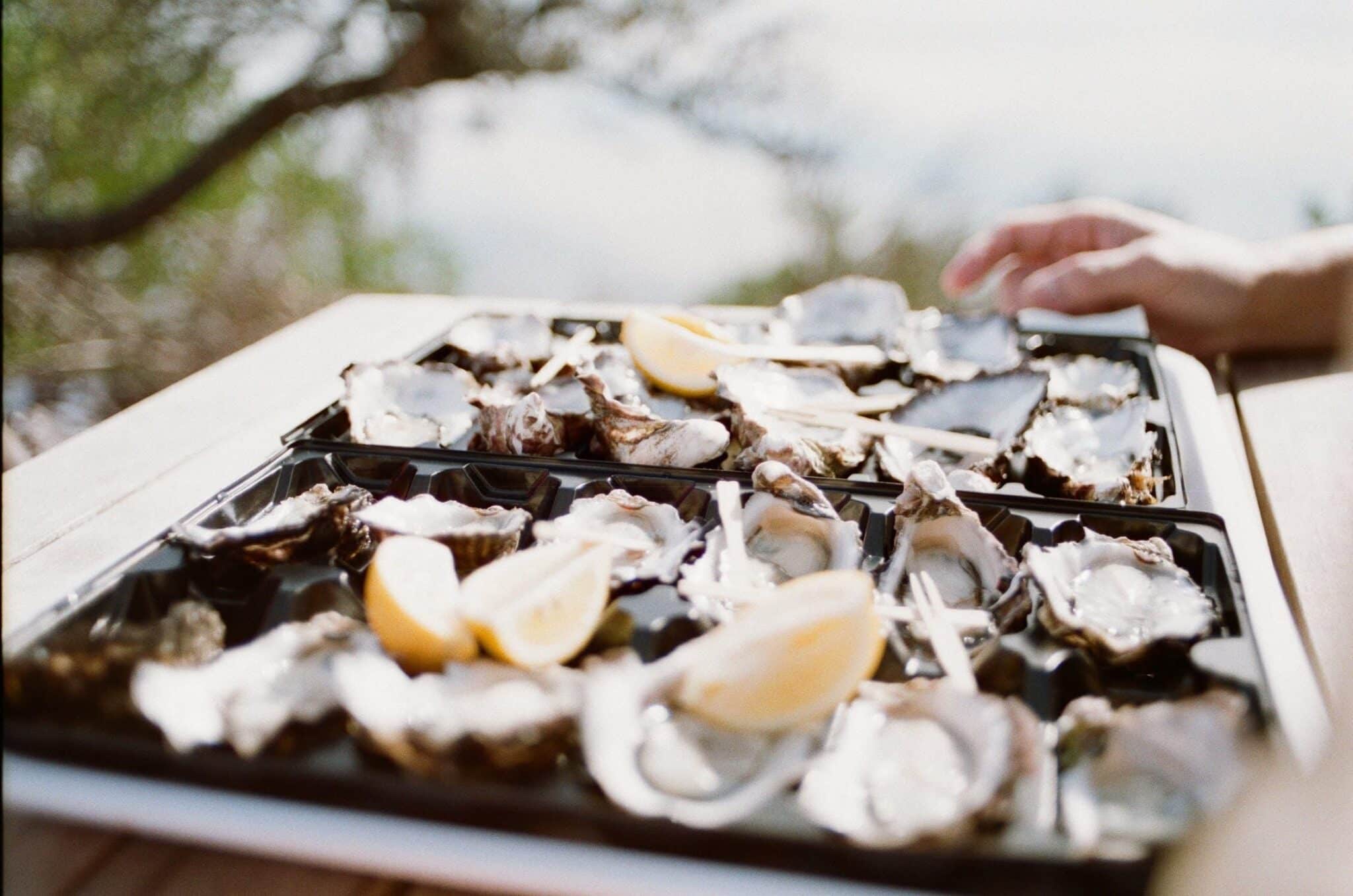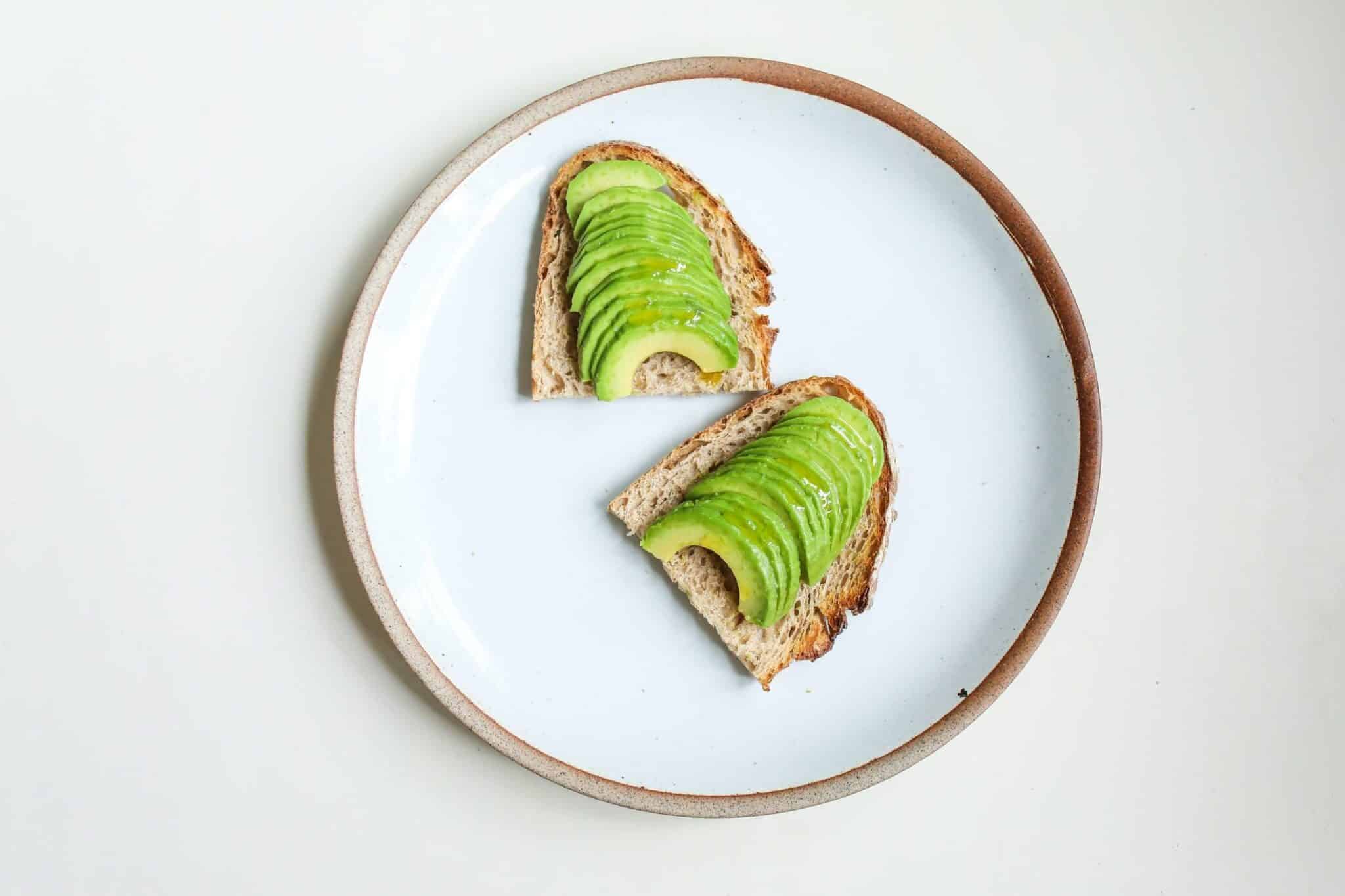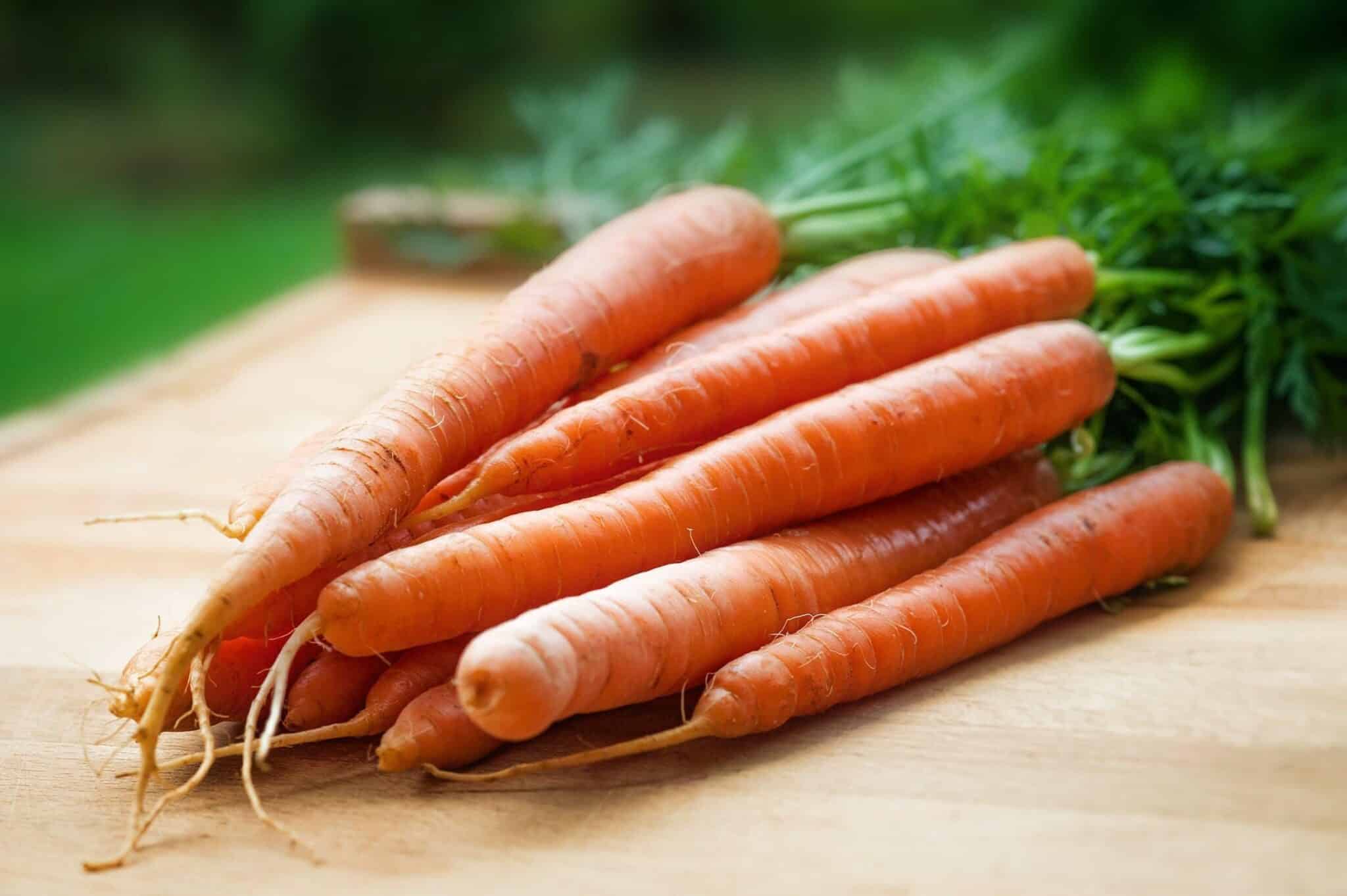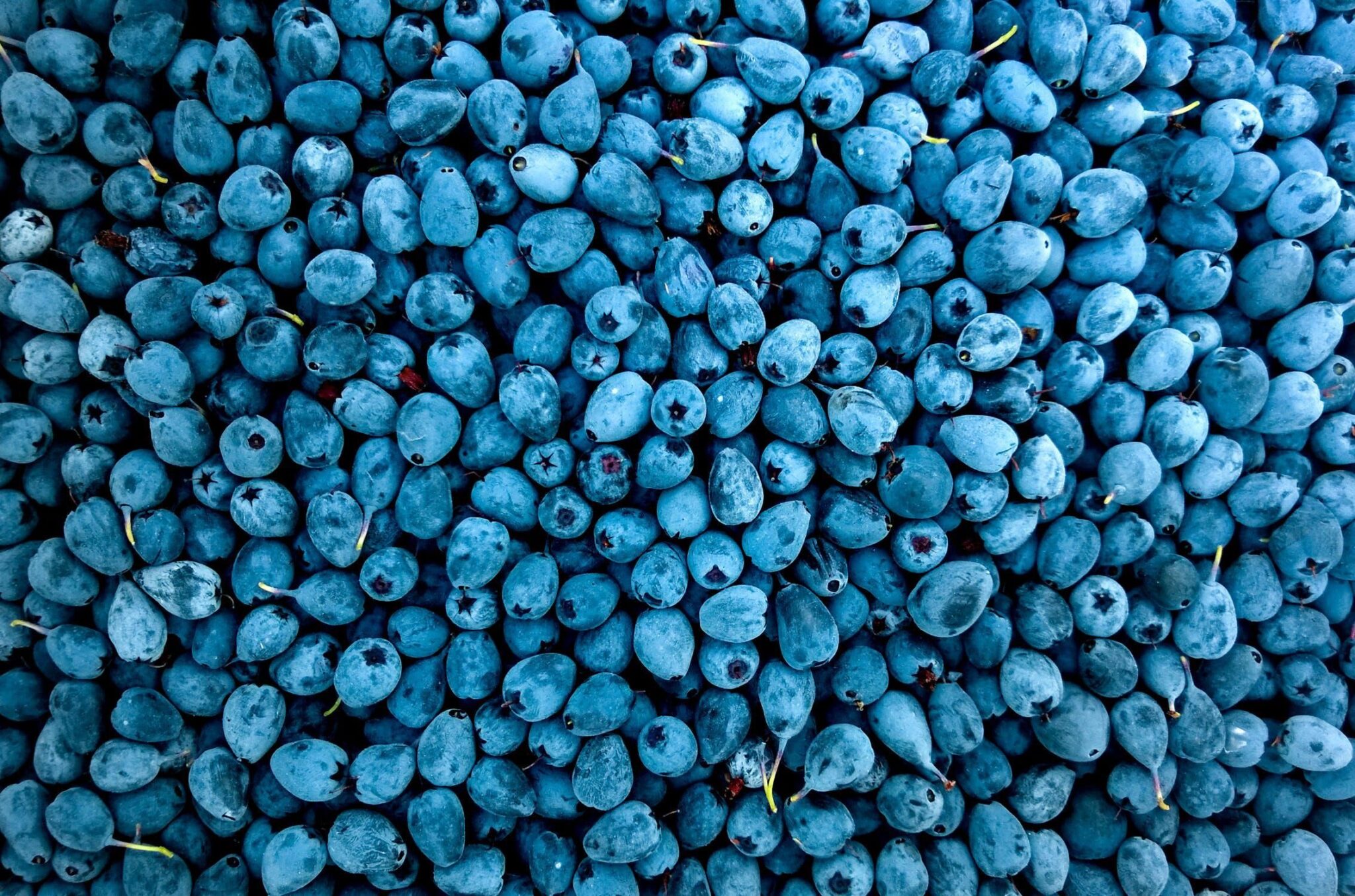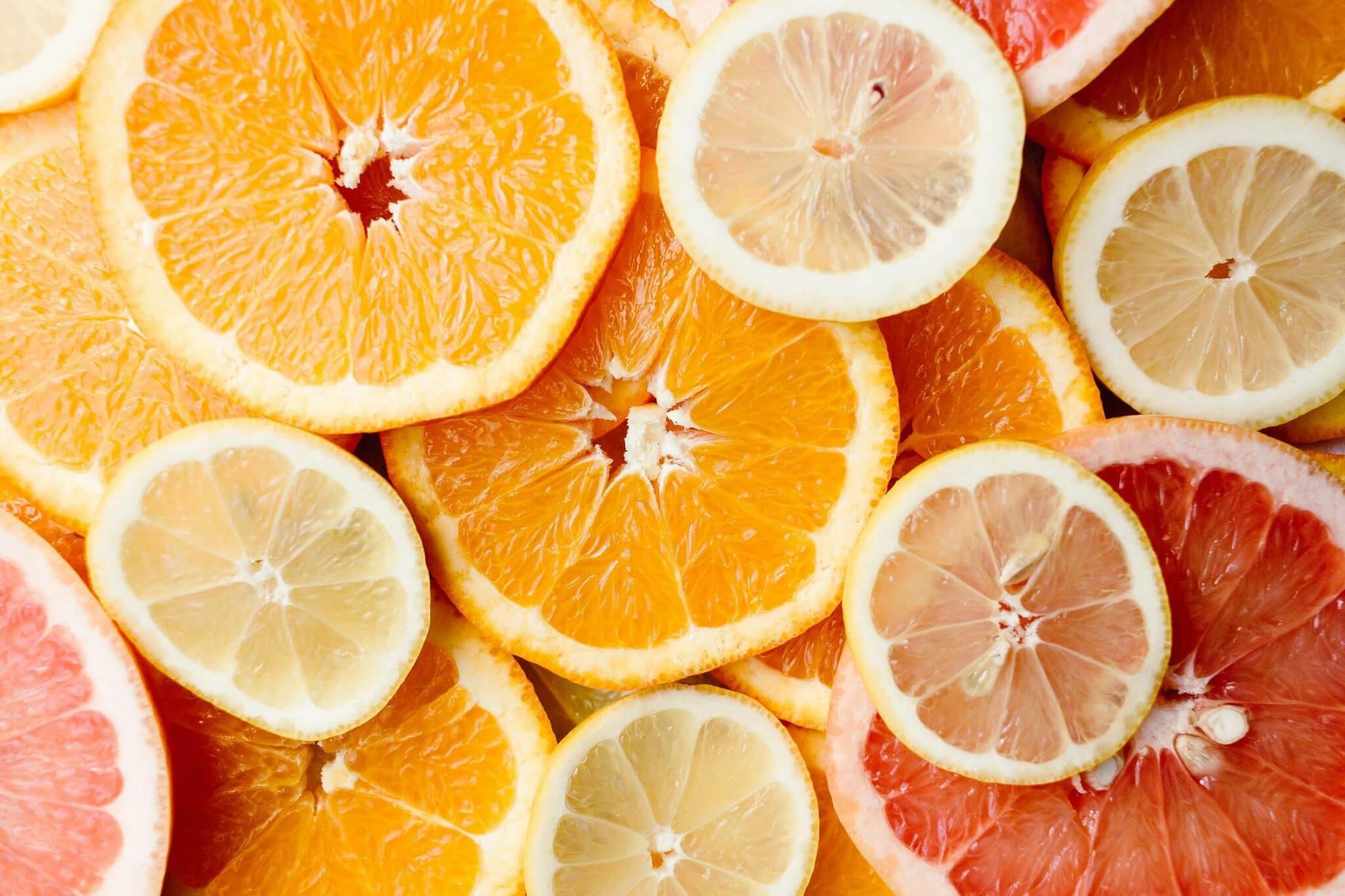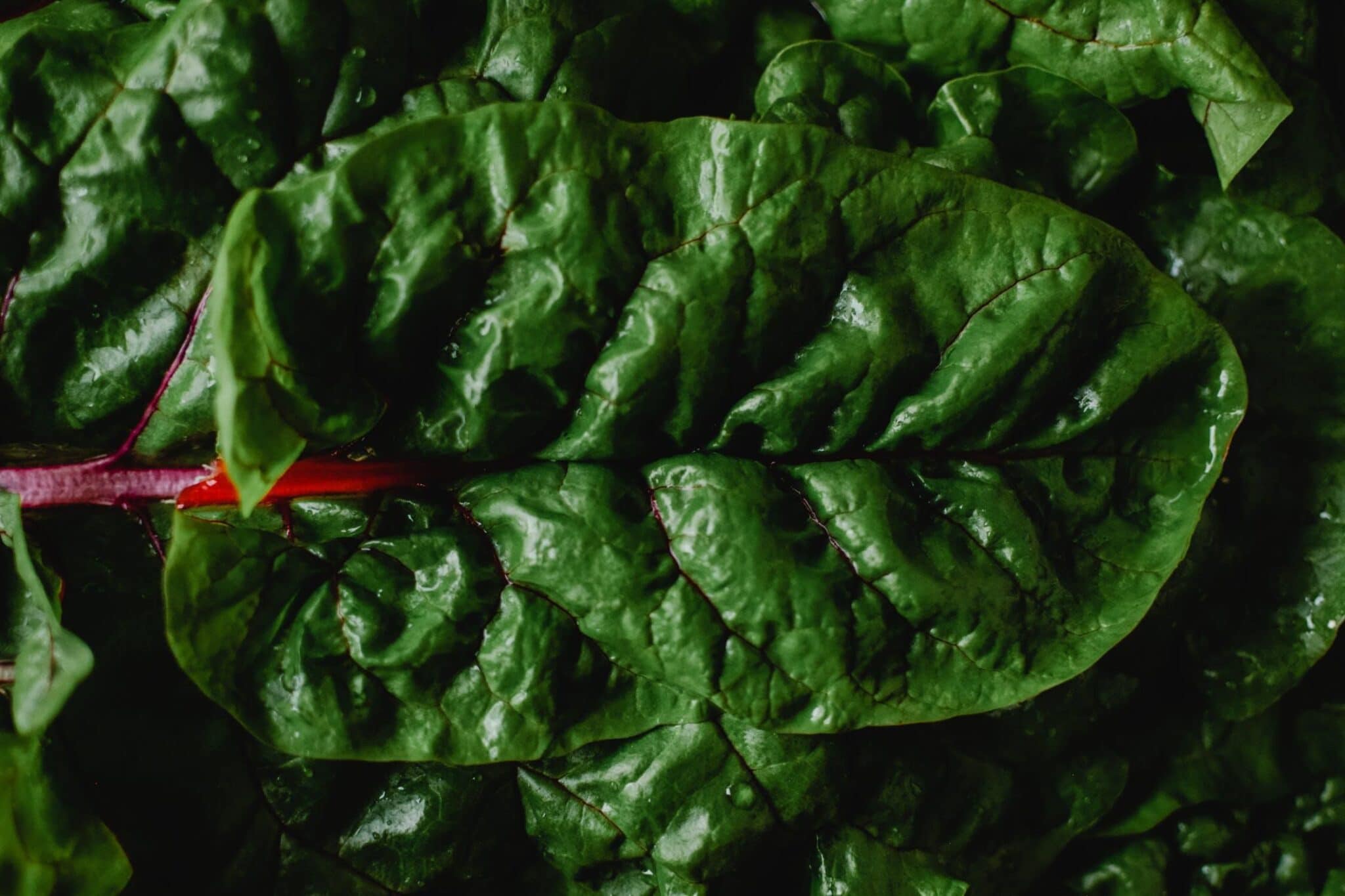
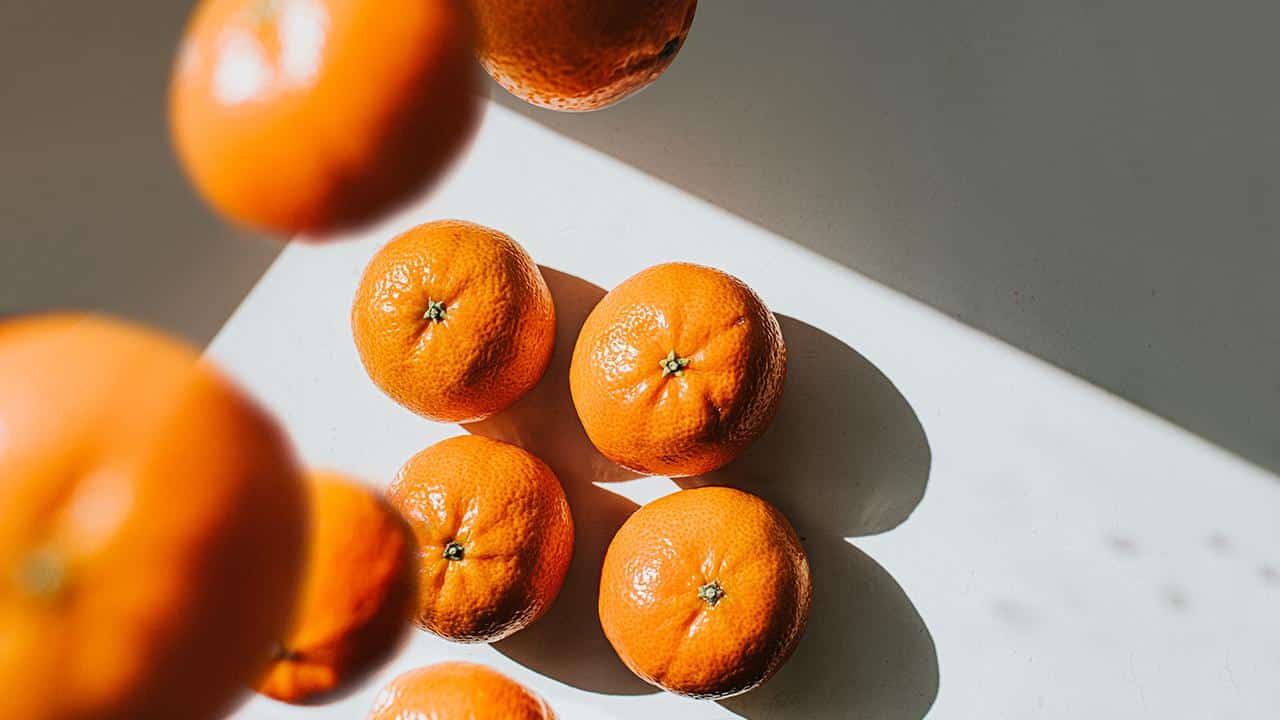
Catherine Falls Commercial / Moment / Getty Images
When we think about skin health, we typically think about topical creams and lotions to hydrate and refresh but nourishing our skin from the inside is just as important. Although skin is our largest organ, it gets its nutrients after other vital organs receive their share.
Cutting the processed carbs can help. Research shows low glycemic diets can help reduce skin conditions like acne. Eat more whole grains, beans and nuts, and knock off the sugar, if you can.
But the eternal carbohydrate bogeyman isn’t the only solution. The skin needs antioxidants and other phytochemicals that our bodies can glean from certain foods.
We can’t stop aging, but we can make it as graceful as possible, and a lot of that has to do with our diets. So, what can you eat to keep your skin glowing and looking fresh?
1. Tomatoes
Pexels
In addition to high vitamin C levels, tomatoes contain all major carotenoids, including lycopene, lutein, and beta carotene. These protect your skin against sun damage and can even prevent wrinkling.
Carotenoids work by providing photoprotection to your skin, through light-absorbing properties and antioxidant effects. They regulate UV light-induced gene expression and suppress inflammation. This prevents premature skin aging by improving elasticity and hydration, which, in turn, benefits skin texture and reduces age spots.
When consuming tomatoes or other carotenoid rich foods, consider pairing them with cheese or olive oil. The fats in these foods will increase your body’s absorption of the carotenoids.
2. Nuts and Seeds
Pexels
Vitamin E is essential to counter skin aging by preventing collagen destruction and cell damage from free radicals. Nuts and seeds provide the antioxidant and are high in healthy fats, particularly almonds, peanuts, sunflower seeds, chia seeds and flax seeds.
Sunflower seeds specifically carry half the necessary daily value of vitamin E. They also contain five grams of protein per serving, and a high amount of zinc, decreasing cell inflammation, which is a source of skin aging.
3. Oils
Capelle.r / Moment / Getty Images
Olive oil curbs inflammation as well, because of the antioxidants within it — called phenols. In addition, a 2012 study showed a diet including high levels of olive oil reduced the effects of photoaging on the face, which researchers attributed to fatty acids and squalene, compounds that protect against dryness and free radical damage.
Walnut oil, soybean oil and even canola oil also help with radiant skin by providing plant-based omega-3s to your diet.
4. Fatty Fish, Mussels and Oysters
Pexels
Everyone knows about the health benefits of salmon, but mussels and oysters provide their own form of skin protection. In addition to high protein and omega-3 fats, these mollusks provide the most zinc of nearly any food. Zinc helps prevent acne and other skin conditions and is a mineral essential for preventing infections.
Of course, salmon and other oily fish reduce inflammation and nourishes the skin through omega-3 fats, provided you eat them at least twice a week. If you have eczema, psoriasis or even lupus, studies have shown fish oil can help fight the symptoms.
Coenzyme Q10 is a lesser-known vitamin-like substance that occurs naturally in our bodies and helps lessen fine lines by smoothing skin texture. In our mid-30s, the level of CoQ10 drops, but eating oily, cold-water fish can supplement our natural amount.
5. Avocados
Pexels
Avocados have a beneficial monosaturated fat for skin health, according to at least one study. Humans cannot make this fat themselves, and must consume it in their diet. It helps absorb vitamins like A, D, E and K.
Because avocados have a high vitamin E content, combined with vitamin C, they help to protect skin from sun damage and free radicals. Vitamin C on its own helps the skin create and maintain collagen, a structural protein that keeps it strong and healthy.
Avocados also have lutein and zeaxanthin, which have been shown to improve skin tone, by protecting the skin from UV and radiation damage.
6. Sweet Potatoes and Carrots
Pexels
Like tomatoes, both sweet potatoes and carrots contain large amounts of beta-carotene, which is an antioxidant that can be made into vitamin A within the body. It keeps skin healthy by acting like a natural sunblock, preventing sunburn, cell death and dry, wrinkled skin.
You can tell when a fruit or vegetable contains beta-carotene because they will have an orange hue. Aside from carrots and sweet potatoes, mangos, pumpkin, apricots, cantaloupe and papaya contain it.
In particular, carrots also have magnesium, which can help sleep patterns, which, in turn, is excellent for skin health. Meanwhile, sweet potatoes can help soothe and gently dry oily skin.
7. Green Tea
Pexels
Green tea rejuvenates skin cells through catechins, which help blood flow and ensure the skin is getting enough oxygen. It has antioxidants which can protect against sun damage. Studies have shown that green tea reduces redness in skin, improves moisture levels, smooths roughness, and increases skin thickness and elasticity, in addition to helping with DNA repair. Some health professionals recommend the tea to treat acne because it contains polyphenols which lessen oil in the body.
Just make sure you drink tea between meals rather than with them, since the tannins in tea can reduce the body’s ability to absorb minerals in food.
8. Berries
Pexels
Berries, including blueberries, strawberries, raspberries and others, are rich in vitamin C and antioxidants that strengthen skin capillaries to reduce bruising and even spider veins as we age. They are known as super-foods for a reason!
9. Citrus
Pexels
Of course, everyone knows about the vitamin C content in citrus fruit, including oranges, lemons, limes, tangerines and more. These fruits help reduce dark spots on the skin, calming inflammation and helping overall complexion.
10. Green Leafy Vegetables
Pexels
Green, leafy vegetables are great for lots of bodily functions, but incredible for the skin. The darker green shows a higher level of antioxidants which fight the free radicals that cause skin cell damage. Studies show that people eating two to three servings of dark, leafy greens per week are less likely to develop skin cancer.
They also help prevent dark under-eye circles through their vitamin K content, which improves blood circulation and coagulation.
Of course, drinking a lot of water will help keep your skin hydrated and clear, and you can get that water intake from many of the foods above as well. But it’s not just about what you eat, it’s also about what you avoid. Staying away from caffeine and processed sugars can also go a long way in promoting a healthy glow.
Darlena Cunha is a freelance writer and a professor at the University of Florida, with degrees in communications and ecology.
- Food Additive in Starbursts, Sour Patch Kids, Skittles, +3,000 Others ...
- Here's What Happens When You Eat From Plastic Containers ...
- Top 5 Health Benefits of Apple Cider Vinegar
- 8 Signs of Dehydration

 233k
233k  41k
41k  Subscribe
Subscribe 
